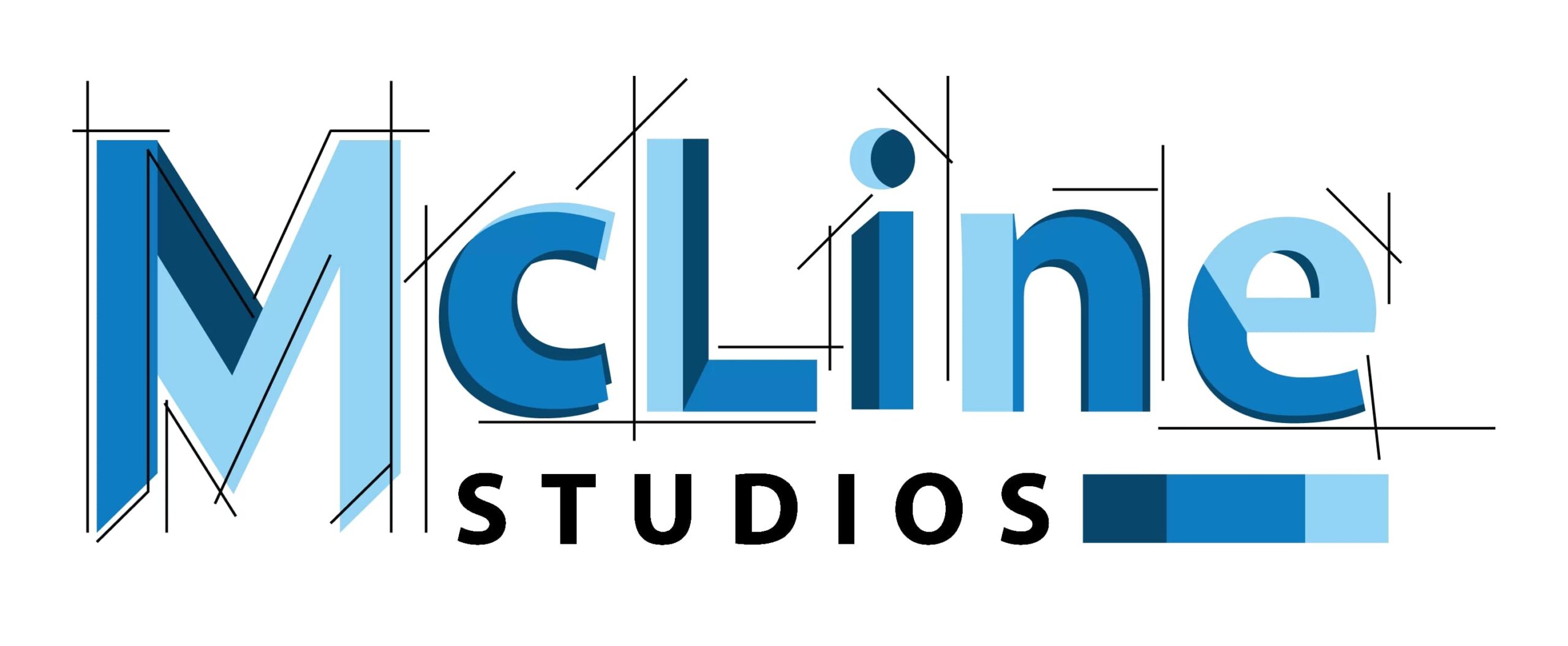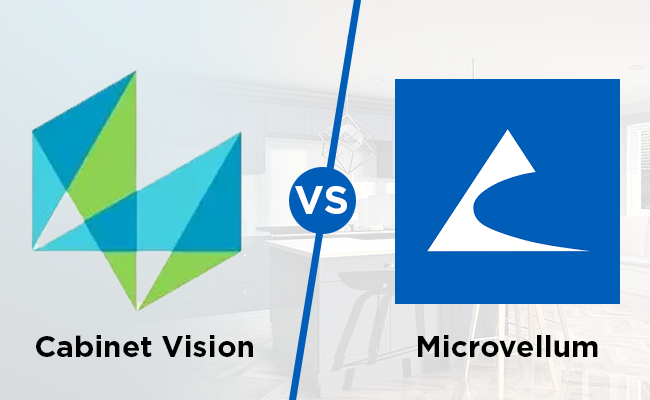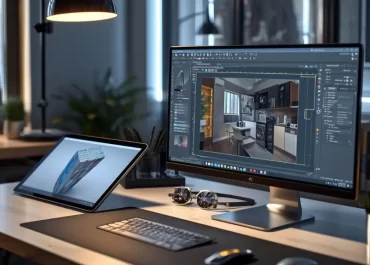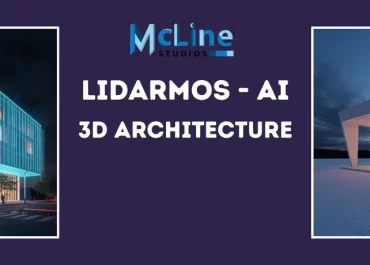Recently, I came across a Reddit discussion where people were debating the best software for cabinet shop drawings. The two names that kept coming up were Cabinet Vision and Microvellum. Some users swore by Cabinet Vision for its ease of use, while others were die-hard fans of Microvellum’s flexibility.
That got me curious, which one is actually better? So, I decided to dig deeper, researching both tools, exploring their features, and seeing what professionals in the industry had to say.
My preference leaned towards Cabinet Vision because it is user-friendly and works great for small to mid-sized cabinet shops. It streamlines the design-to-production process, integrates well with CNC machines, and doesn’t require deep CAD knowledge.
But it does have its downsides. Cabinet Vision lacks the high level of customization that Microvellum offers and can get expensive since some advanced features require additional modules.
So why do many still choose Cabinet Vision over Microvellum? For most shops, ease of use and efficiency matter more than extensive customization. Microvellum, while powerful, has a steep learning curve and requires working within AutoCAD, which can be a challenge for those unfamiliar with it.
In this article, I’ll break down the differences between these two tools and help you decide which one fits your needs best. Let’s get started!
Differences Between Cabinet Vision and Microvellum
The choice between Cabinet Vision and Microvellum depends on many factors as both differ in terms of features, pricing, usability, and industry applications. Both software solutions are designed for cabinet and millwork professionals, but they cater to different types of users and workflows.
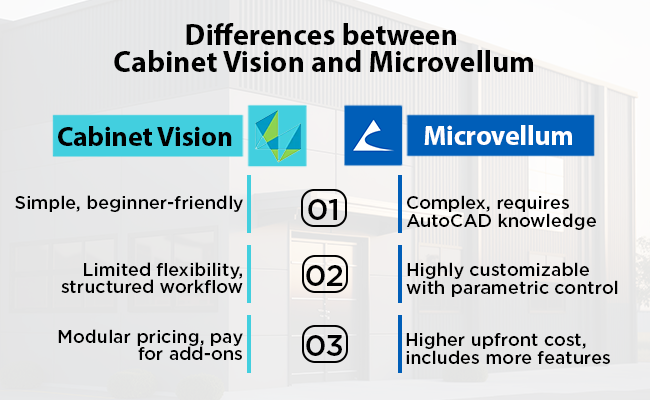
Features and Functionality
| Features | Cabinet Vision | Microvellum |
| Ease of Use | More user-friendly with an intuitive interface, making it easier for beginners and small to mid-sized shops. | Requires AutoCAD knowledge and has a steeper learning curve. Better suited for advanced users. |
| Design Capabilities | Ideal for cabinet and closet design with pre-built libraries, parametric design, and quick modifications. | Highly customizable with dynamic design capabilities, but requires more manual setup. |
| CNC Integration | Strong CNC integration with direct machine code generation for most woodworking machines. | Also integrates with CNC machines but offers more control over manufacturing settings. |
| Customization | Limited customization, follows a structured workflow, which makes it efficient but less flexible. | Fully customizable with scripting and parametric controls, allowing complete control over designs. |
| Material Optimization | Provides material takeoff, cutlists, and optimization but may require additional modules for advanced features. | Advanced material optimization with AutoCAD-based nesting and reporting. |
| Reporting & Documentation | Generates detailed cutlists, reports, and shop drawings, though it may lack deep customization in reporting. | Allows extensive reporting and shop drawing customization through AutoCAD. |
Usability and Learning Curve
- Cabinet Vision is easier to learn and doesn’t require extensive CAD knowledge. Most small to mid-sized cabinet shops can get up and running quickly.
- Microvellum is more complex since it runs on AutoCAD. While this gives more control, it also requires more training and experience to use effectively.
If you need quick adoption and efficiency, Cabinet Vision is the better choice. If you need deep customization and are comfortable with AutoCAD, Microvellum has more to offer.
Ideal Use Cases
| Use Case | Best Choice |
| Small to Mid-Sized Cabinet Shops | Cabinet Vision because it is simple, efficient, and easy to use. |
| Large-Scale Production & Custom Millwork | Microvellum, as it offers better customization and flexibility. |
| Users Without CAD Experience | Cabinet Vision |
| Highly Custom Cabinetry & Commercial Projects | Microvellum, because it provides deeper control over design and manufacturing. |
Pricing and Cost Considerations
| Factor | Cabinet Vision | Microvellum |
| Pricing Model | Modular pricing and it’s each feature set require a separate purchase, which can add up over time. | Typically more expensive upfront but includes extensive customization and automation capabilities. |
| Additional Costs | Add-ons for CNC integration, rendering, and advanced reporting can increase costs. | It requires an AutoCAD license, which adds to the overall cost. |
Which is Better? Cabinet Vision or Microvellum
When evaluating Cabinet Vision and Microvellum, both software solutions offer robust tools for cabinet design and manufacturing. However, each has its own set of challenges.
Challenges with Cabinet Vision:
- Customization Limitations: While user-friendly, it may not offer the extensive customization capabilities that some complex projects require.
- Cost Considerations: The initial investment can be significant, especially for smaller shops, and additional modules may incur extra costs.
Challenges with Microvellum:
- Steeper Learning Curve: Built on AutoCAD, Microvellum demands a higher level of technical expertise, which can be daunting for new users.
- Higher Initial Investment: The software tends to be more expensive upfront, which might be a barrier for smaller operations.
Why I Prefer Cabinet Vision?
Despite its limitations, I lean towards Cabinet Vision primarily due to its user-friendly interface. This ease of use allows for quicker adoption and efficiency, which is crucial for maintaining productivity. Additionally, its seamless integration with CNC machinery streamlines the workflow, reducing potential errors and enhancing overall efficiency.
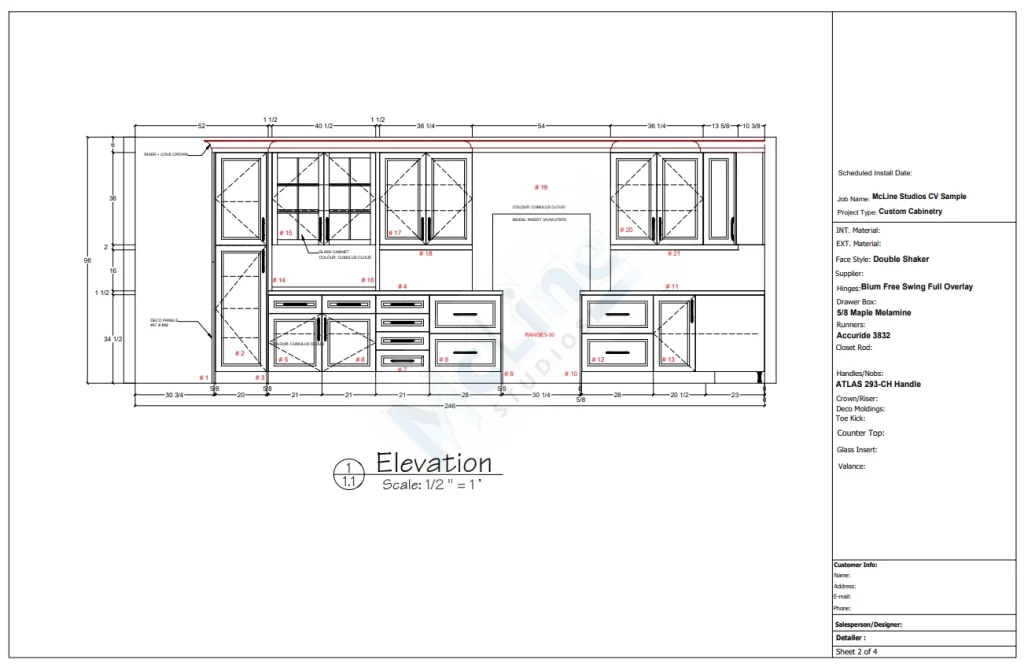
User Reviews and Insights:
User experiences further highlight these points. A Reddit user noted that Cabinet Vision is “intuitive and easy to learn at a basic level,” making it accessible for beginners. Conversely, another user pointed out that Microvellum, while powerful, requires substantial technical knowledge and proficiency in both AutoCAD and Excel, which can be a barrier for some.
In summary, while both platforms have their merits, Cabinet Vision’s combination of user-friendliness and efficient integration makes it a more practical choice for many cabinet shops, especially those prioritizing ease of use and swift implementation.
